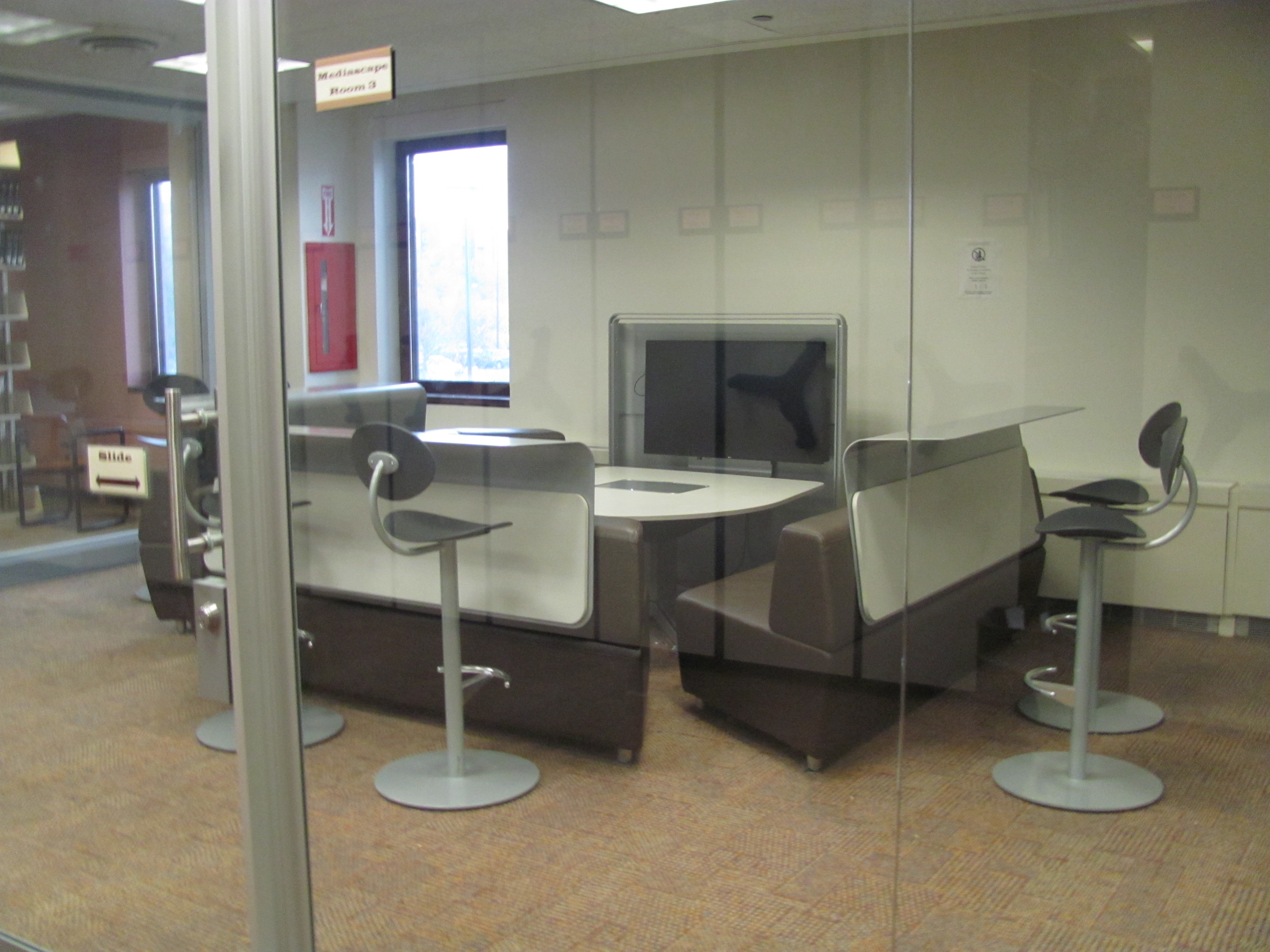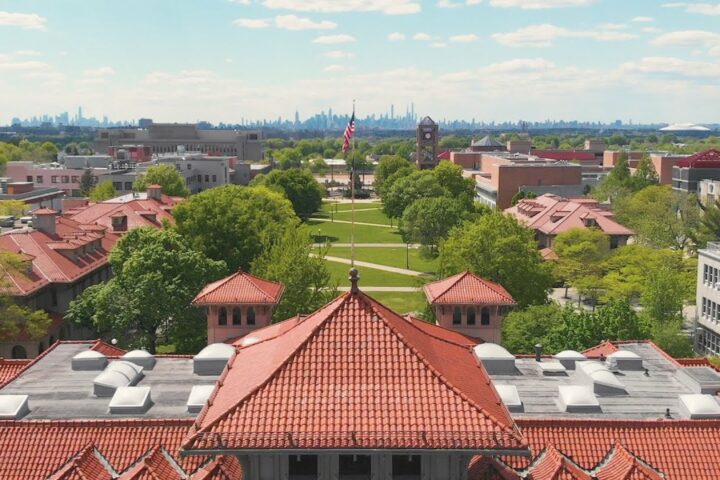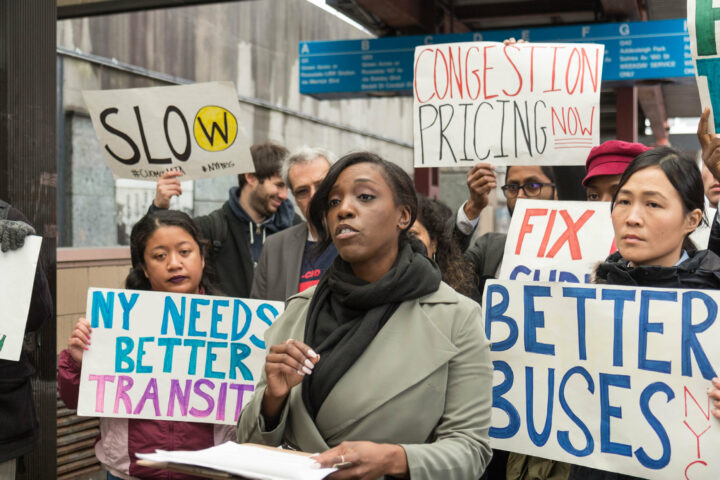On the sixth floor of the Rosenthal Library, Queens College is currently hosting an exhibit titled, “Resistance and Memory in Belgium, 1940-1945: Multiple Narratives.” The exhibit highlights the story of human beings who resisted Nazi occupation in Belgium during World War II. Stemming from a variety of backgrounds, the individuals display the courage it took, during a time of uncertainty to oppose, those in power.
Professor Amanda Nocera, the administrative coordinator of the Art History Program & Arts Internships is one of the curators responsible for bringing the exhibit to QC.
“The exhibition originally came to me from Professor Karen Sullivan. At the time, I didn’t realize a show about resistance and youth resistance would be such a timely project”
It took almost a whole year of collaboration simply to bring this project to QC as well as the exhibit.
Professor Nocera hopes the exhibit will not only inspire students to take a look at their own personal lives, but also “Create a safe space where students can go and ask questions, put themselves in these people’s shoes and think about how they would face these situations.”
The show has been well received on campus so far, with many students from a variety of majors taking an interest.
“The truth is, we weren’t sure how many of the student’s would respond to a more historical-based exhibit but, after we had the opening reception, the feedback we received was very good, so we we’re happy.”
Considering the current condition of our country, Professor Nocera hopes the documentary will get students their self responsibility and individual roles.
“We get very caught up in deciding what is the best way to ‘resist.’ These people in the exhibition have done so many things on such an incredible level and the key is just trying to understand how we fit in, what can we do?”
Dr. Anne Griffin, professor of political science at Cooper Union, and, Jean-Marc Gourdon, a photographer and filmmaker based in Paris curated the exhibit, originating from 1996 during a chance meeting with a few members of the resistance.
“I became fascinated with these people when they told me that they felt as if they had been forgotten,” Dr. Griffin said.
It was this that led to her decision to begin researching people’s stories and leave for Europe in 1998.
“I went there with the main purpose of giving voice to these people and maybe publishing their stories while also discovering for myself what the circumstances truly were.”
She began interviewing people in depth to truly understand their stories.
“You could truly see that we’re reliving these stories as they told them and justifiably, it was easier for some than for others.”
Despite these challenges, Dr. Griffin not only managed to complete her interviews, but made some friends for life.
“I think what many of them resonated with was the fact that I did not stick to a questionnaire, it was always a choice of what did they want to tell me? What did they want to leave for future generations about what they had done and why they had done it?”
In 2001, while Dr. Griffin was spending five months in Brussels as a Fulbright Foundation fellow, Jean-Marc Gourdon, a young friend based in Paris, grew curious about what she was working on during this time and reached out to her.
“When I explained to him that I was working on a book, he suggested that he could come down and photograph these people for it.”
It was there that their collaboration began and Mr. Gourdon made his way from Paris to Brussels to assist Dr. Griffin.
It was only after Dr. Griffin returned to the US that she realized the potential of her research. While showing the portraits to one of her colleagues, he made the suggestion that she could build an exhibition around them.
“It took a tremendous amount of support, in addition to my duties as a professor. I was also trying to raise money for everything from painting for the walls to printing and framing the photographs and wall-texts.”
After three years of raising funds, Dr. Griffin managed to achieve her goal as the exhibition first went up at Cooper Union and years later, has made it’s way to QC which, Dr. Griffin said, she was overjoyed by.”
The exhibition will be on display until May 26th on the 6th floor art center of the Rosenthal Library. The center hours are Monday through Thursday, 9 am to 8 pm and Friday, 9 am to 5 pm. For more information please call 718-997-4803, or email amanda. nocera@qc.cuny.edu












